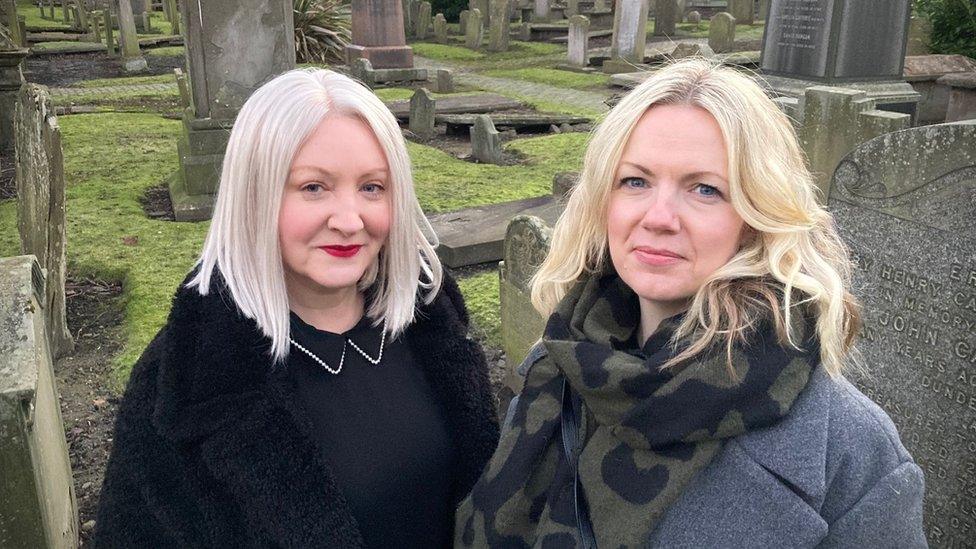First known English witch execution 'in Wiltshire'

Lots of the stereotypical elements of witchcraft we know today, such as broomsticks and cats, came later
- Published
In 1564, a baby boy from a wealthy family near Chippenham, Wiltshire, died.
This was not unusual - infant mortality rates were very high.
What was unusual was the witchcraft execution and legal battle that came afterwards, with historian Dr Louise Ryland-Epton due to be publishing research exposing what seems to be England's first recorded witch execution.
It began when a woman called Agnes Mylles was accused of using witchcraft, causing the baby's death.
The historian came across the case when doing working for Victoria County History, which includes information about the Bayntuns, "a very rich, very well-connected family".
'Absolutely toxic'
Life as a Bayntun family member was stressful, with issues over money, estates and a will.
However, tensions rose higher when young William Bayntun died, the son of Edward and Agnes Bayntun.
They needed a son to stop the wealth passing to Edward's nephews.
Not only was Edward from a wealthy family and his wife related to the Queen, he was also an MP.
"It's absolutely toxic. In his first session in parliament, a Witchcraft Act passes through the House of Commons [1563].
"The timing is just terrible. He's under so much pressure," explained Dr Ryland-Epton.
It was under this feeling at the time that Agnes Mylles was accused.
"It seems to them an obvious thing", the historian added - she has no doubt that everyone involved believed in witchcraft.
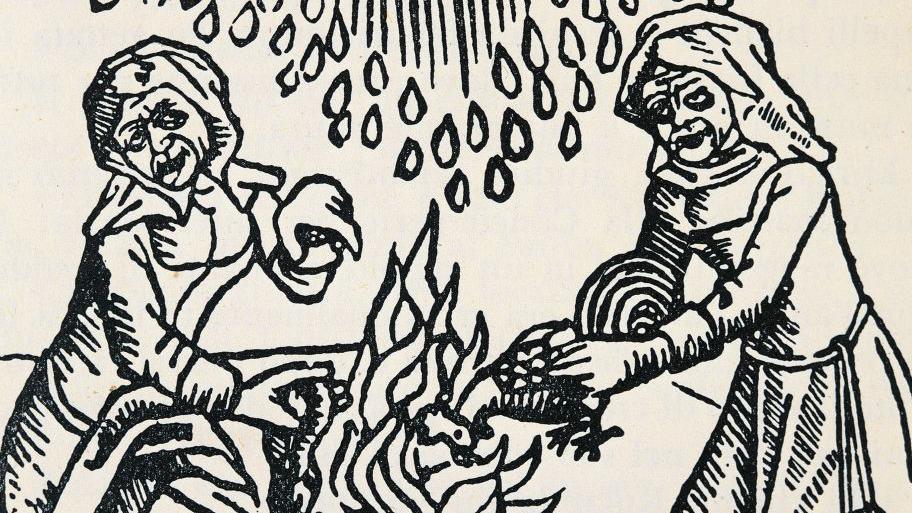
Witchcraft was a very real fear at the time - this 1489 European illustration shows "witches" summoning rain
Agnes was a widow from Stanley village, where the Bayntuns owned the Stanley Abbey site, which they had made "palatial" at the time.
Her husband had died around 1556, a tenant of the Bayntuns and had official responsibility on the estate - it meant that they knew Mrs Mylles who, possibly depending on their goodwill, stayed in the area.
"The nuances of the relationship are difficult", explained Dr Ryland-Epton.
But as a Bayntun tenant, she would have been known to the family for many years.
Dr Ryland-Epton also thinks she may have been a local "cunning woman", someone who locals went to who knew remedies. Many came under suspicion.
As a target for witchcraft accusations though, she was not unusual - female, widowed, older and "marginal", as Dr Ryland-Epton describes her.
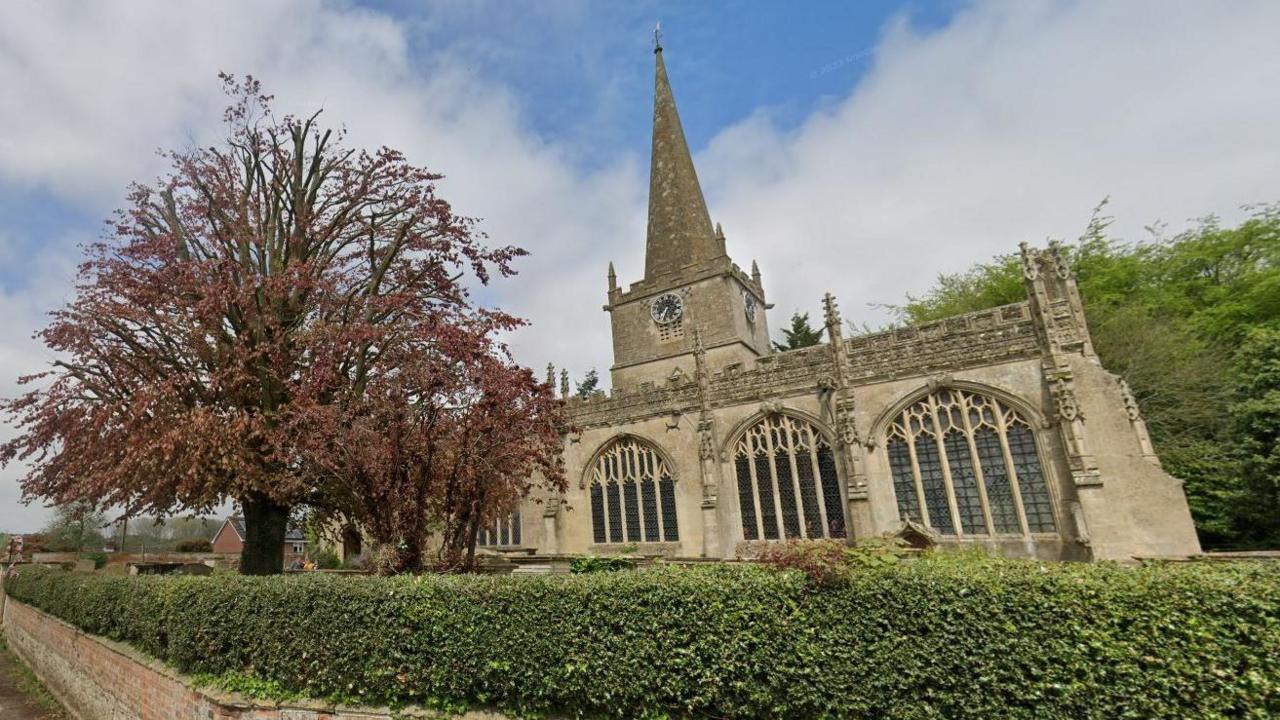
The Baytuns owned lots of land - included a large house at Bromham, Wiltshire, and many were buried in the village church there
There is not a lot of detail on exactly what Agnes Mylles is meant to have conjured - not all records for the region have survived.
However, Dr Ryland-Epton said: "She certainly had access to the baby, as the accusations seem to imply that she'd used both witchcraft and charms; which implied she spoke charms or put a material charm around the child."
There is not much we would traditionally associate with witchcraft though - she explains that this comes a bit later.
"There's no mention of a pact with the devil, having a familiar [an animal associated with a witch, like a black cat] or flying on a broomstick. It's later that all those elements come out," said Dr Ryland-Epton.
The historian explained that well-known cases were the ones which had a pamphlet produced about them - the execution of Agnes Mylles was before these were circulated.
'Devilish justification'
Testimony from a court case said Mrs Mylles was "seduced with a devilish justification by using of sorceress charms and witchcraft... [Agnes Mylles] feloniously by witchcraft did kill and murder one William Bayntun".
Agnes was taken to the county jail at Salisbury, where she confessed.
Technically, torture would not have been allowed, but Dr Ryland-Epton said it was still possible.
"She would have been absolutely petrified. So, whether under some kind of duress, she admitted it, or whether she believed herself to be witch - that's also a possibility," she said.
She confessed to Bishop Jewel, who believed strongly in the existence of witchcraft.

Agnes Mylles was sent to Salisbury, where she confessed to a bishop
However, the baby's aunt, Dorothy Bayntun, came under suspicion as well.
Dorothy was married to Edward's brother Henry and they had sons. If Edward and his wife did not have sons, the inheritance would go to their nephews.
William had been born 10 years into her marriage.
According to the reports, Dorothy persuaded Agnes to hurt William.
The bishop wanted more evidence, so a witchfinder was called in.
Unusually, this was a woman called Jane Marshe from Somerset.
Jane declared that Agnes had murdered baby William "by the procurement and enticement of" Dorothy Bayntun.
Agnes was hanged - the first recorded to be executed for witchcraft in England.
Dr Ryland-Epton has checked the dates - her execution is before two cases often said to be the first.
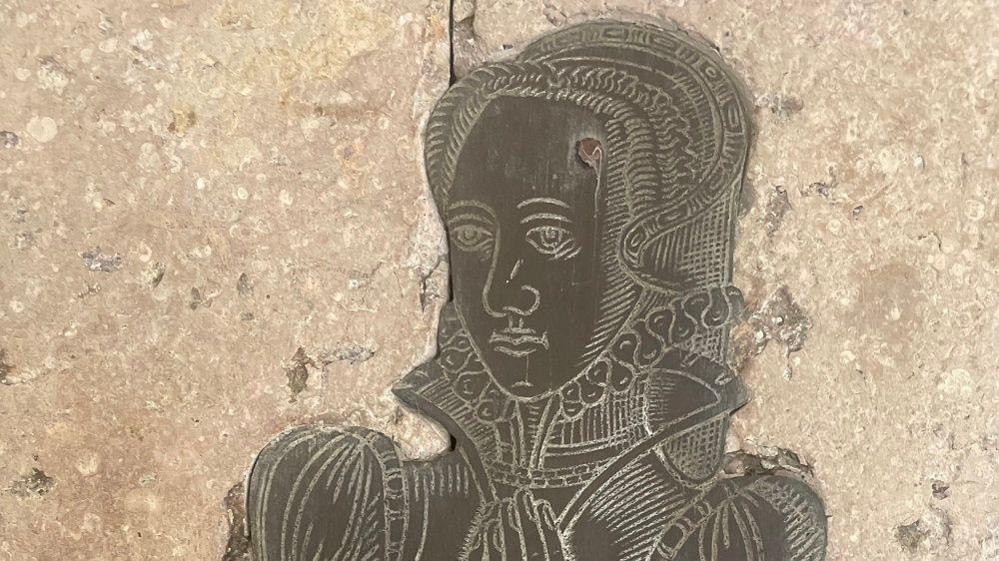
Agnes was a common name at the time - Agnes Bayntun was the baby's mother and a brass plaque depicting her can seen at the church in nearby Bromham
'Family at war'
It sounds like it should be the end of the story, except the Bayntuns' time in court was not over.
"This is a family at war essentially" said Dr Ryland-Epton.
The witchfinder herself was put in the bishop's prison for six months and Dorothy started legal action after being linked to the alleged witchcraft.
By showing that Agnes Mylles had been falsely accused, she could exonerate herself.
The witchfinder suddenly changed her story - once she had been visited by Dorothy's friends while imprisoned.
Edward and his wife took action against Dorothy and Henry Bayntun and the witchfinder, going all the way to the Court of Chancery in London.
Jane changed her story back again, saying she had been frightened by Dorothy.
Witchcraft accusations in Wiltshire did not die down - there was a large case later in Malmesbury
While there is no evidence that Dorothy got any punishment for allegedly asking a witch to kill a baby, her and her husband start to disappear from records, especially the family's own.
Stanley Abbey also deteriorates afterwards, with renovation work abandoned and plans never completed.
"Gradually, the house goes to rack and ruin, it becomes a farm then disappears. All very mysterious" added the historian, who has been giving talks on the case.
However, Edward and Agnes Bayntun did have another son some years later who survived.
Get in touch
Tell us which stories we should cover in Wiltshire
Follow BBC Wiltshire on Facebook, external, X, external and Instagram, external. Send your story ideas to us on email or via WhatsApp on 0800 313 4630.
Related topics
More stories like this
- Published17 March 2024
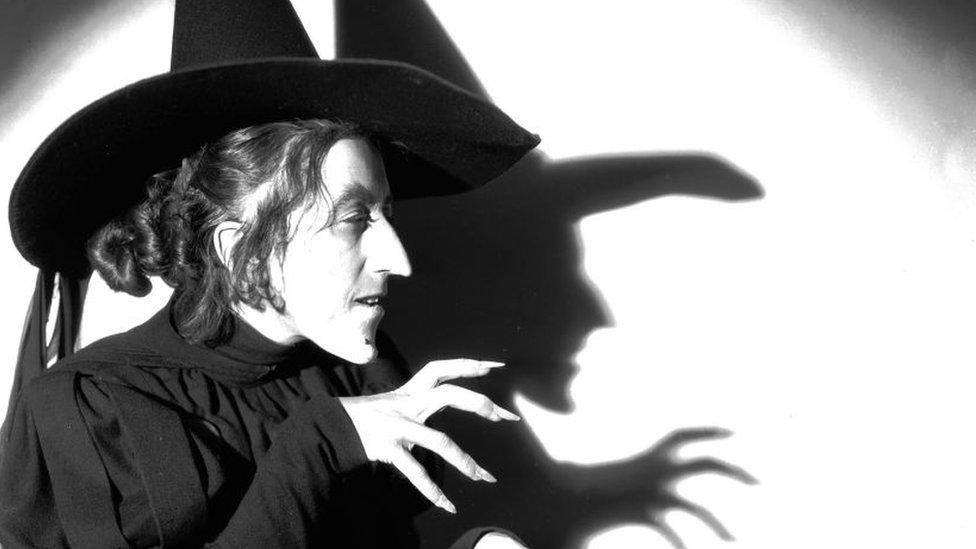
- Published30 October 2021
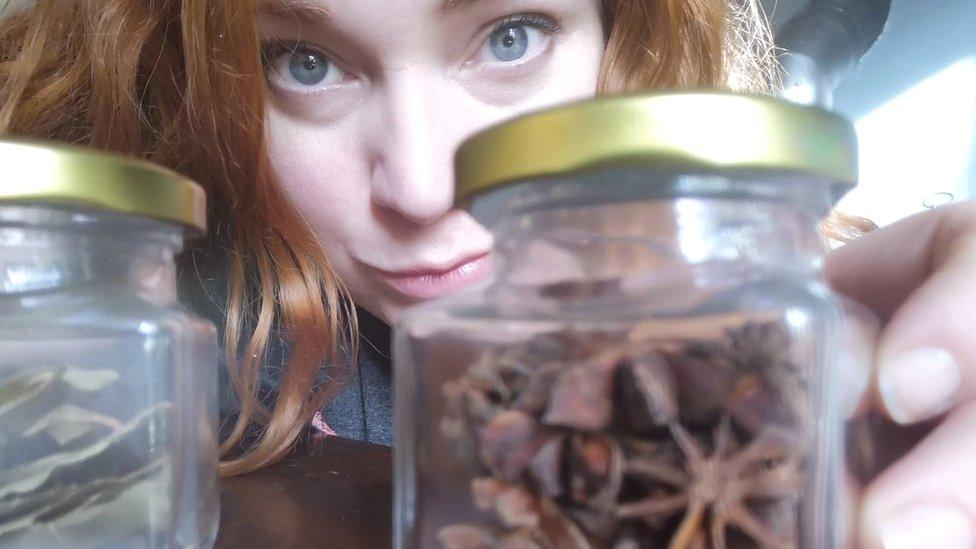
- Published7 January 2022
